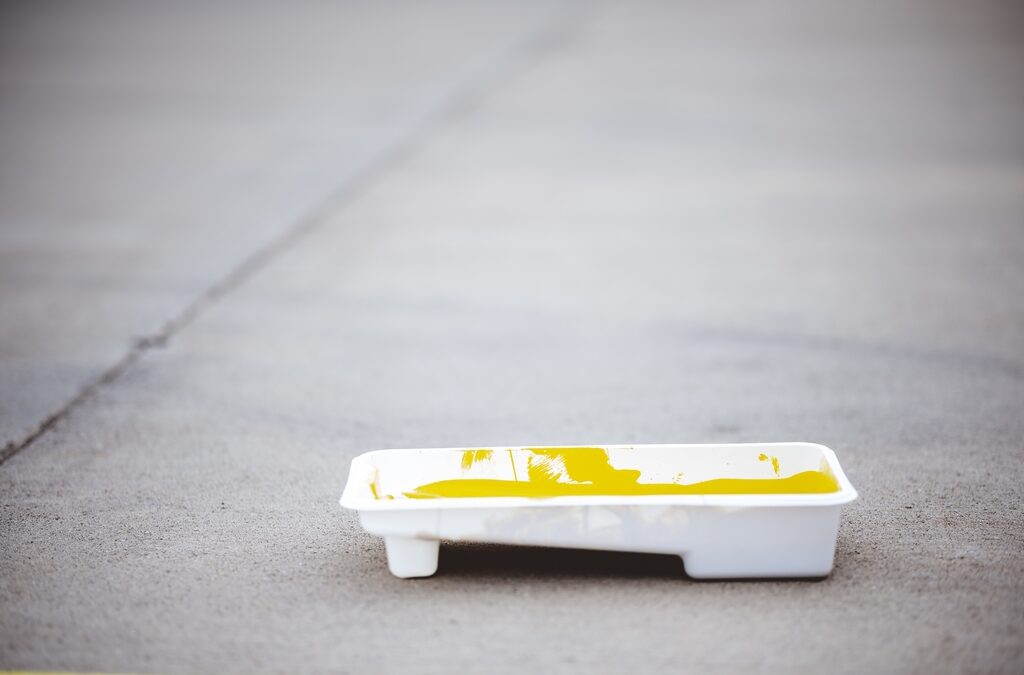5 Types of Paint Finishes Explained: Choose the Right One
When planning a painting project, choosing the right paint color is only part of the process. The finish, or sheen, of the paint is equally important, as it affects the look, durability, and maintenance of the painted surface. In this guide, we’ll explore the five most common paint finishes—flat, eggshell, satin, semi-gloss, and gloss—and help you decide which one is best for your walls, trim, or furniture.
What Is a Paint Finish and Why Does It Matter?
A paint finish refers to how much light the painted surface reflects once the paint is dry. This sheen can range from completely flat to extremely shiny. Each type of finish has unique characteristics that make it suitable for different areas of the home. Factors like the amount of light, foot traffic, and moisture in a room will influence which finish is the most practical for your space.

Flat vs. Eggshell: Low Sheen Options for Subtle Looks
Flat (Matte) Finish:
Flat finishes offer no shine and are ideal for rooms where you want to hide imperfections. This finish is excellent for ceilings and low-traffic areas like bedrooms or living rooms. However, flat paints are not durable in high-traffic or moisture-prone areas, as they’re difficult to clean.
Eggshell Finish:
Eggshell provides a slight sheen, making it a more durable alternative to flat paint. It’s great for living rooms, hallways, and other areas that need a balance of aesthetics and ease of cleaning. Although eggshell paint is easier to clean than flat, it is still not recommended for high-moisture rooms like bathrooms.
Satin: The Best Balance Between Durability and Sheen
Satin is a versatile finish that offers a soft sheen and is slightly more reflective than eggshell. Its durability makes it a popular choice for high-traffic areas such as kitchens, bathrooms, and kids’ rooms. Satin finishes are easy to clean, but they tend to highlight imperfections in the wall, so careful application is important.
Semi-Gloss and Gloss: High Sheen Finishes for Durability and Style
Semi-Gloss Finish:
Semi-gloss finishes are more reflective than satin, making them a great choice for areas that need to be cleaned frequently, such as trim, doors, and cabinets. The higher sheen enhances durability and makes cleaning easier, though it can also accentuate imperfections on the surface.
Gloss Finish:
Gloss is the most reflective and durable of all paint finishes. It’s perfect for surfaces that experience heavy use, like doors, cabinets, and trim. While its shine can be stunning, it also highlights flaws, so gloss is best used on smooth surfaces. For expert help, professional services like Lifetime Painters offer guidance on applying gloss finishes to ensure the best result.

How to Choose the Right Paint Finish for Each Room
The best paint finish for a room depends on the function of the space and the level of traffic it receives:
- Living Rooms & Bedrooms: Use flat or eggshell for a smooth, subtle look that doesn’t require frequent cleaning.
- Kitchens & Bathrooms: Satin or semi-gloss is ideal due to its durability and ease of cleaning.
- Trim & Doors: Semi-gloss or gloss finishes provide a durable surface that can withstand scrubbing.
- Ceilings: Flat finishes work best as they reduce light reflection and hide imperfections.
When in doubt, professional painters like Lifetime Painters can help you select and apply the perfect finish for each room in your home.
Conclusion: Making the Right Choice for Your Home
Choosing the right paint finish is crucial to the long-term appearance and durability of your paint job. Whether you need a durable, easy-to-clean finish for your kitchen or a low-sheen option for your living room, understanding the pros and cons of each paint finish can help you make an informed decision. For expert assistance and a flawless finish, consult professional services like Lifetime Painters, who can guide you through the selection process and ensure high-quality results.




